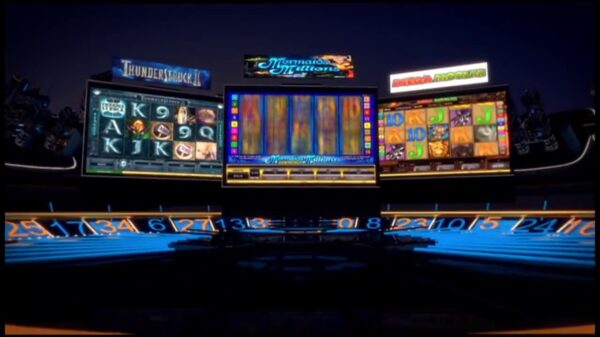Architectural visualisation is an important aspect of the design and construction process, as it allows architects, engineers, and clients to visualise a project before it is built. Three-dimensional (3D) rendering has become an essential tool for architectural visualisation, allowing designers to create realistic, detailed images and animations of their designs. This article will explore why 3d rendering is essential for architectural visualisation.
Better Communication
One of the key benefits of rendering is that it helps to improve communication between architects, engineers, and clients. 3D models and renderings provide a clear visual representation of the design, making it easier for everyone involved to understand the project’s scope and vision. This leads to better decision-making and can help to avoid misunderstandings or errors down the line.
Design Changes and Iterations
Three-dimensional (3D) rendering also allows for more flexibility in the design process. Because the model is digital, it can be easily modified and iterated until the final design is reached. This means that changes can be made quickly and without the need for expensive physical models or mock-ups. With it, designers can experiment with different materials, lighting, and layouts until they find the perfect design.
Improved Visualisation
Three-dimensional (3D) allows designers to create highly detailed and realistic images of their designs. This level of detail can be hard to achieve with traditional 2D drawings or physical models. Therefore, designers can create a virtual environment that accurately represents the final product, including the materials, lighting, and textures. This level of detail helps clients visualise the final product better, leading to better decision-making and more successful projects.
Marketing and Sales
Three-dimensional (3D) rendering is also essential for marketing and sales purposes. High-quality, photorealistic renderings can create compelling marketing materials, including brochures, websites, and videos. These materials can help to attract clients and investors and can be used to showcase the design in a way that traditional 2D drawings cannot. This can also be used to create virtual tours or walkthroughs, allowing clients to experience the space before it is built.
Cost Savings
Three-dimensional (3D) rendering can save costs in the design and construction process. By visualising the design in 3D; designers can identify and address potential issues before construction begins. This helps to avoid costly mistakes and rework down the line. It can also be used to create accurate construction documents, reducing the need for costly revisions during the construction process.
Accessibility
With 3d rendering, architects and designers can create virtual environments that can be accessed from anywhere in the world. This is especially important for large-scale projects involving multiple stakeholders and teams across different locations. Virtual walkthroughs and presentations can be easily shared and viewed remotely, making it easier for all parties to stay up-to-date on the project’s progress.
Environmental Impact
Designers can use Three-dimensional (3D) rendering to simulate the environmental impact of a project before it is built. By analysing different materials, lighting, and layout options, designers can identify ways to reduce the project’s environmental footprint. This level of analysis can lead to more sustainable and eco-friendly designs that help to minimise the project’s impact on the environment.
Time-Saving
Three-dimensional (3D) rendering can save time in the design process. With traditional 2D drawings and physical models, designers often spend significant time making revisions and modifications. Changes can be made quickly and easily, and designers can experiment with different options without costly physical mock-ups. This leads to faster turnaround times and more efficient use of resources.
Three-dimensional (3D) rendering has become an essential tool for architectural visualisation. It allows designers to create detailed and realistic images of their designs, improving communication, flexibility, and visualisation. Additionally, it is an essential tool for marketing and sales and can help to save costs in the design and construction process. As the industry evolves, this will undoubtedly play a more significant role in design and construction.




































